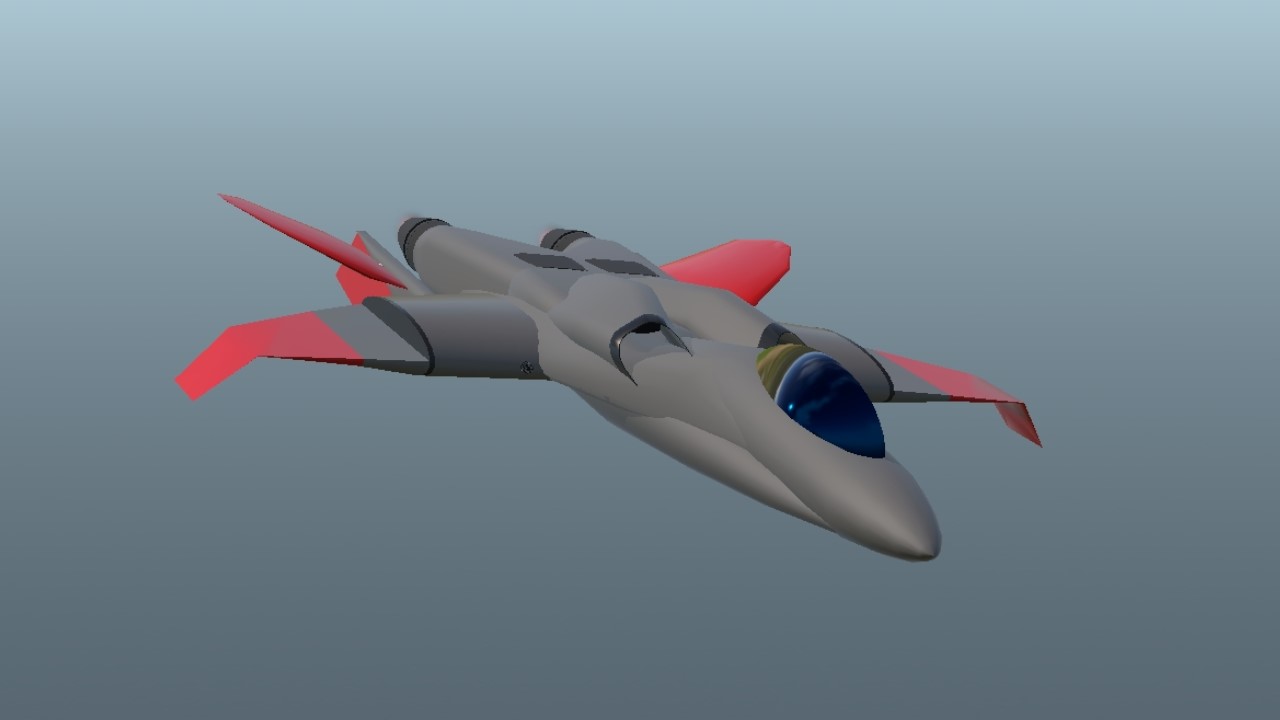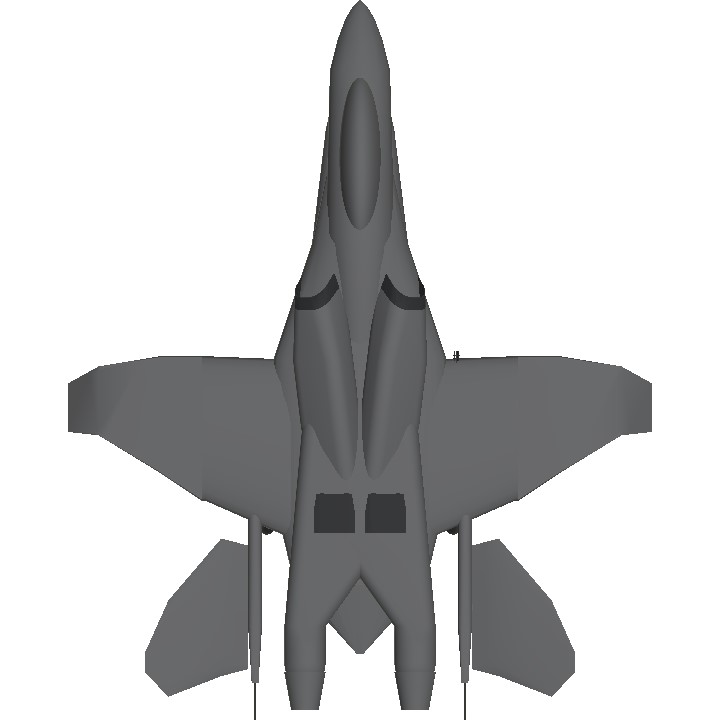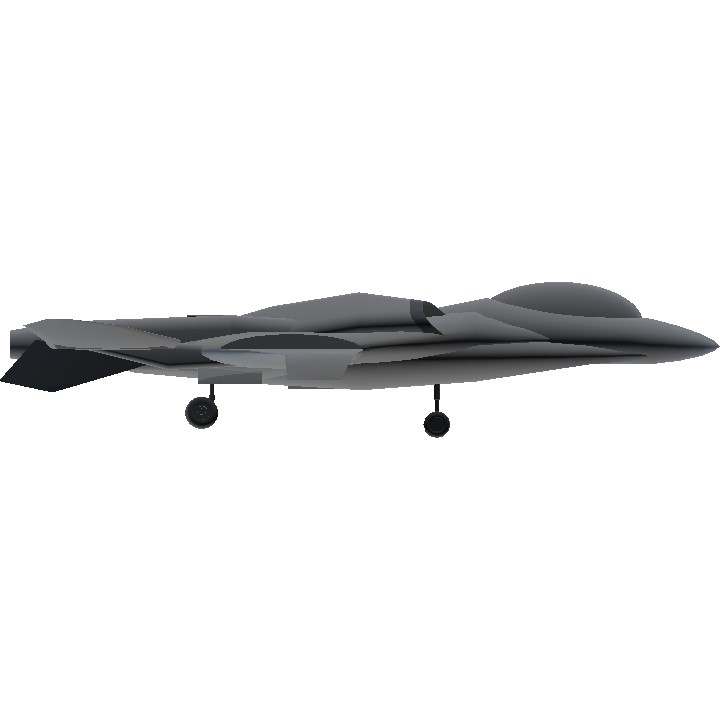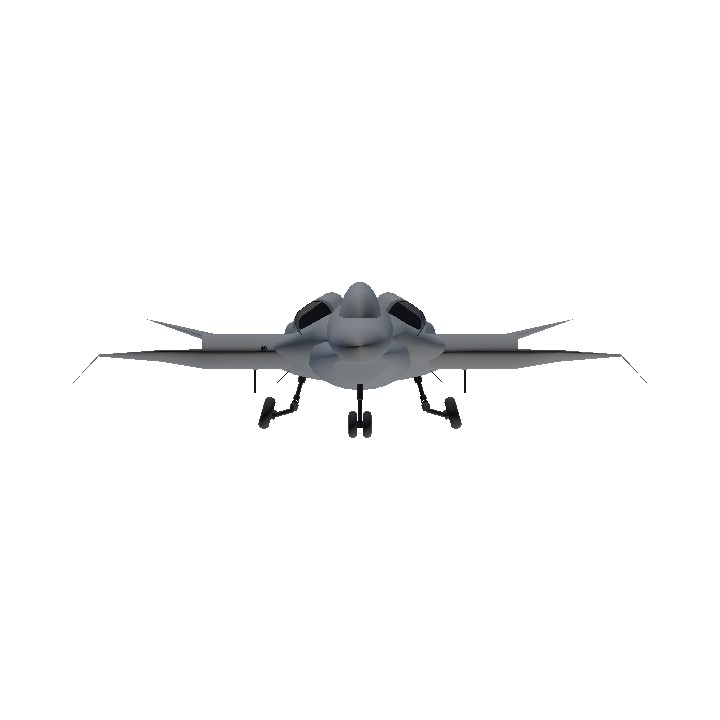The Origin of the FTE-Vitten VIT-73 MI: Malaysian Super Aviation Force (MSAF)
Background and Concept Development
In the early 1990s, Malaysia was evolving as a significant player in the aerospace sector. With ambitions to enhance its national defense capabilities and boost the local aerospace industry, the Malaysian government initiated a program to develop a next-generation multipurpose jet fighter. Recognizing the increasing role of advanced technology in modern warfare, they sought to create a fighter aircraft that would not only excel in combat but also accommodate a variety of roles, including reconnaissance, air superiority, and ground attack.
The idea for the FTE-Vitten VIT-73 MI emerged from a collaboration between the Malaysian Ministry of Defense, local aerospace engineers, and international partners specializing in aircraft design and thrust vectoring technology. The focus was on developing an aircraft that showcased Malaysia's growing technological prowess and could serve the Malaysian Super Aviation Force (MSAF).
Design and Development
The design of the VIT-73 MI was characterized by its sleek aerodynamic lines and cutting-edge features. Central to the aircraft's capabilities was its thrust vectoring system, which allowed for enhanced maneuverability and agility during both air-to-air and air-to-ground combat scenarios. Here are some of the key design features that defined the VIT-73 MI:
Thrust Vectoring Nozzles: The VIT-73 MI was equipped with advanced thrust vectoring technology, enabling it to perform extreme maneuvers. The nozzles could pivot to redirect engine thrust, allowing the aircraft to achieve rapid turns and climb rates, which provided a tactical advantage in dogfights.
Lightweight Composite Materials: The airframe made extensive use of lightweight composite materials, reducing the overall weight of the aircraft and improving its speed and agility. This design also contributed to stealth capabilities by reducing radar cross-section.
Multi-Role Capability: The VIT-73 MI was designed as a multi-role fighter, capable of engaging air and ground targets. Its onboard systems were equipped for various missions, including electronic warfare, reconnaissance, and precision strikes.
User-Friendly Cockpit: The cockpit featured state-of-the-art avionics with advanced displays and controls, allowing pilots to execute complex missions with ease. The integration of helmet-mounted displays provided real-time data, enhancing situational awareness during combat.
Testing and Trials
In 1992, the first prototype of the VIT-73 MI took to the skies for its maiden flight in a ceremony attended by government officials and military personnel. The aircraft quickly gained attention for its outstanding performance and agility, impressing both domestic and international observers.
Extensive flight testing followed, with the aircraft undergoing rigorous evaluations to ensure its capabilities in various combat scenarios. Test pilots frequently shared their excitement about the aircraft’s agility and responsiveness, noting how the thrust vectoring enabled maneuvers that were previously unattainable with traditional aircraft designs.
Operational Deployment
After successful trials and refinements, the VIT-73 MI entered service with the Malaysian Super Aviation Force in the late 1990s. The aircraft became a cornerstone of Malaysia's air defense strategy, bolstering the nation's capabilities in the face of regional threats.
In addition to its military uses, the VIT-73 MI earned a reputation as an ambassador of Malaysian aerospace engineering. The aircraft participated in various air shows and international defense exhibitions, showcasing its performance and technology to a global audience. These demonstrations served to strengthen Malaysia’s position in the international aerospace community.
Legacy and Future Prospects
The FTE-Vitten VIT-73 MI represents a significant achievement in Malaysia’s aerospace industry, combining innovative design with advanced technology. Its thrust vectoring capabilities paved the way for developments in future aircraft designs, influencing a new generation of combat jets both domestically and abroad.
As the Malaysian Super Aviation Force continues to evolve, the legacy of the VIT-73 MI persists, symbolizing the nation’s commitment to sovereignty, advanced defense technology, and pride in its own aerospace innovation. As discussions about potential upgrades and new variants emerge, the VIT-73 MI remains a pivotal part of Malaysia's military history and aerospace future.
Specifications
General Characteristics
- Predecessor [AI PLANE MAKER]
- Created On Android
- Wingspan 69.7ft (21.3m)
- Length 85.8ft (26.2m)
- Height 18.6ft (5.7m)
- Empty Weight N/A
- Loaded Weight 58,140lbs (26,372kg)
Performance
- Power/Weight Ratio 2.11
- Wing Loading 66.6lbs/ft2 (325.3kg/m2)
- Wing Area 872.5ft2 (81.1m2)
- Drag Points 5324
Parts
- Number of Parts 84
- Control Surfaces 2
- Performance Cost 577




